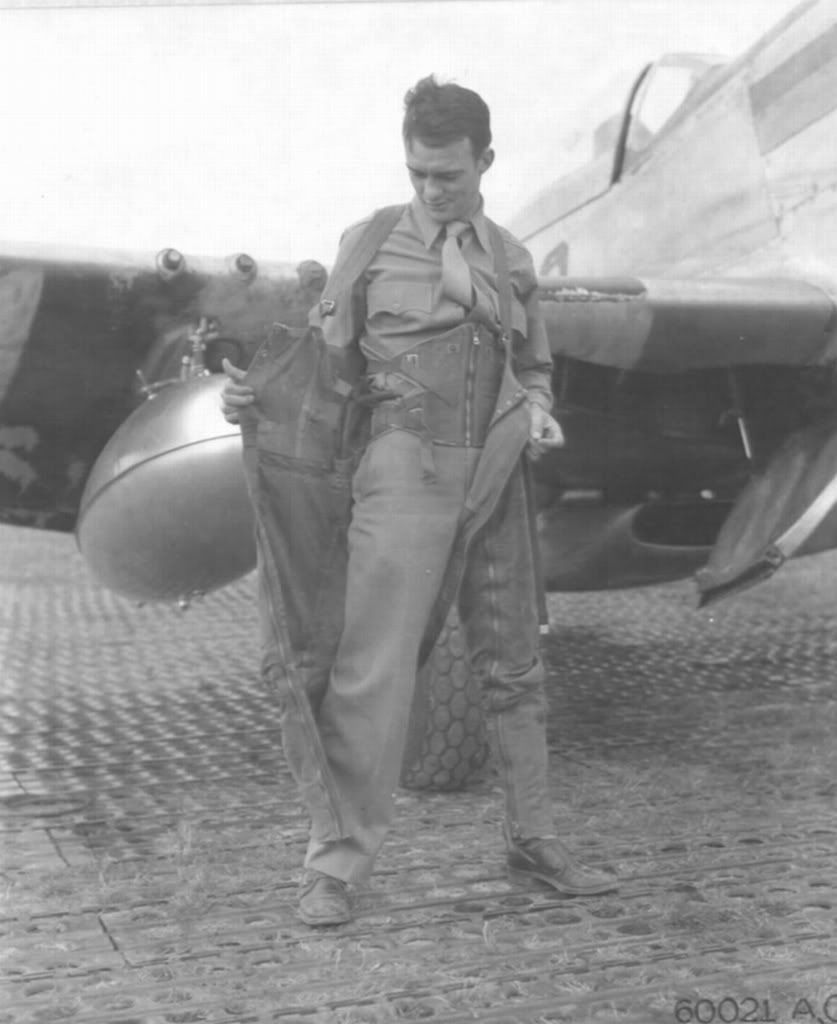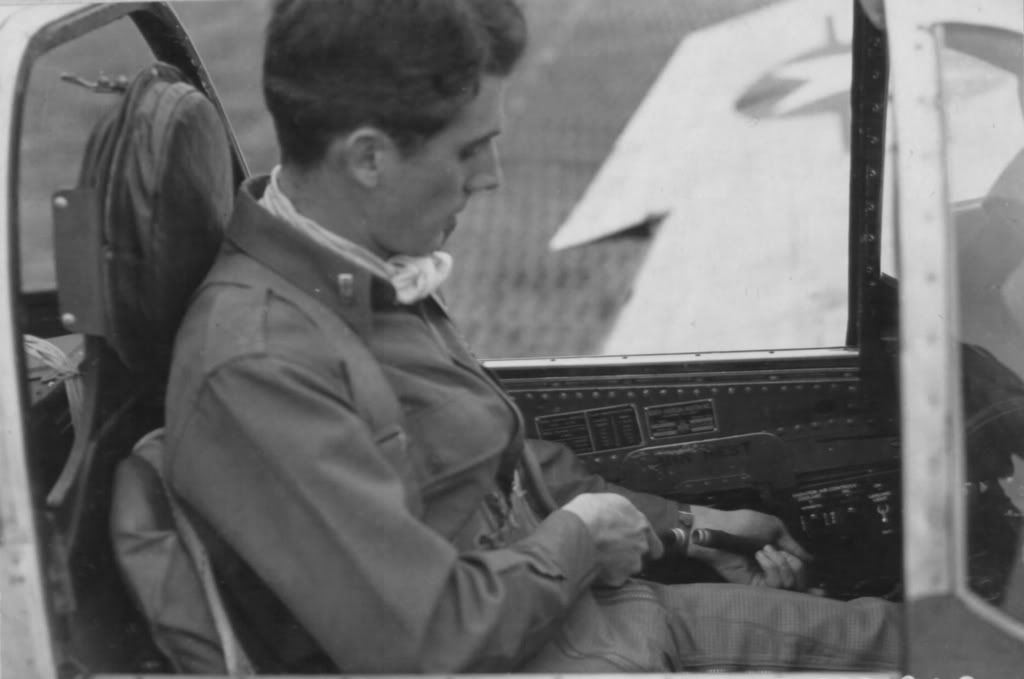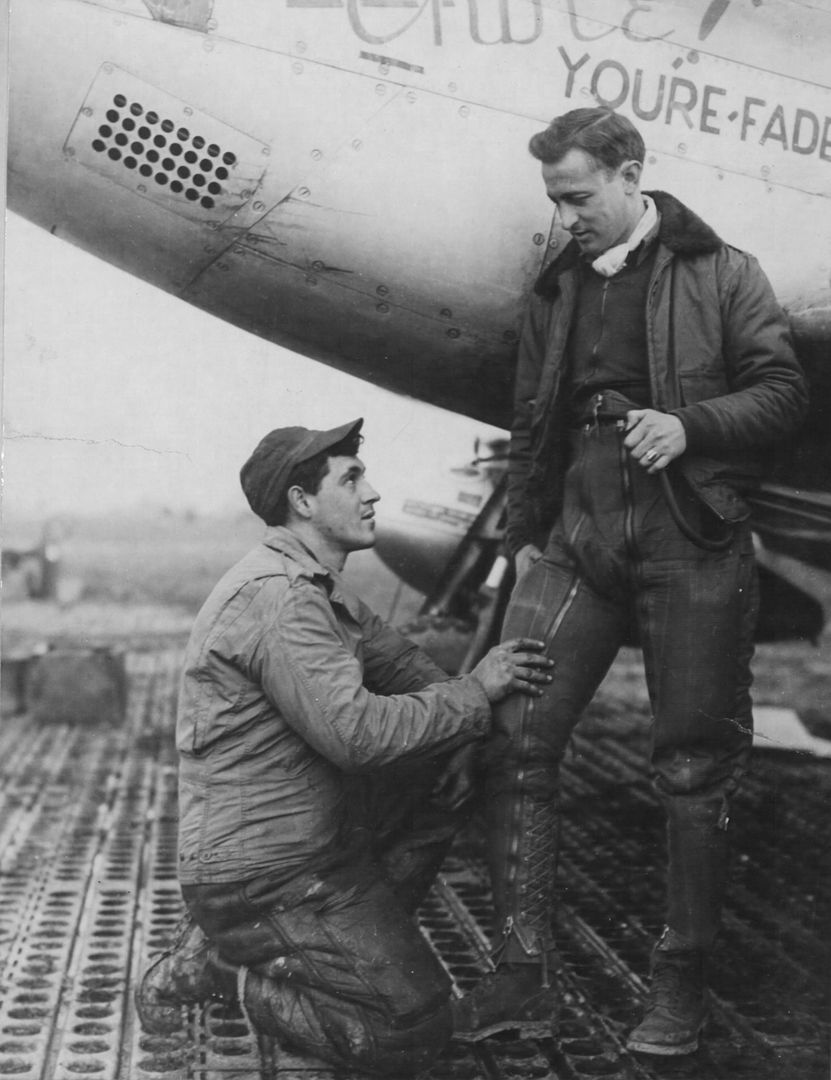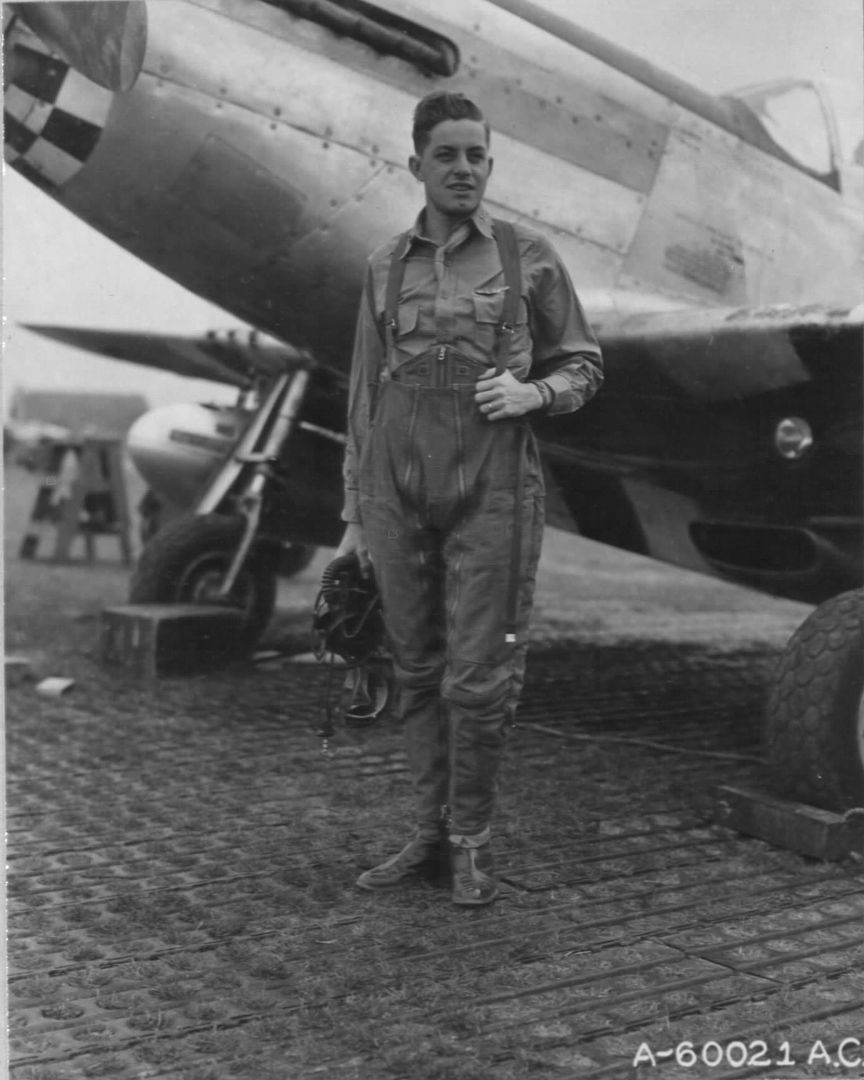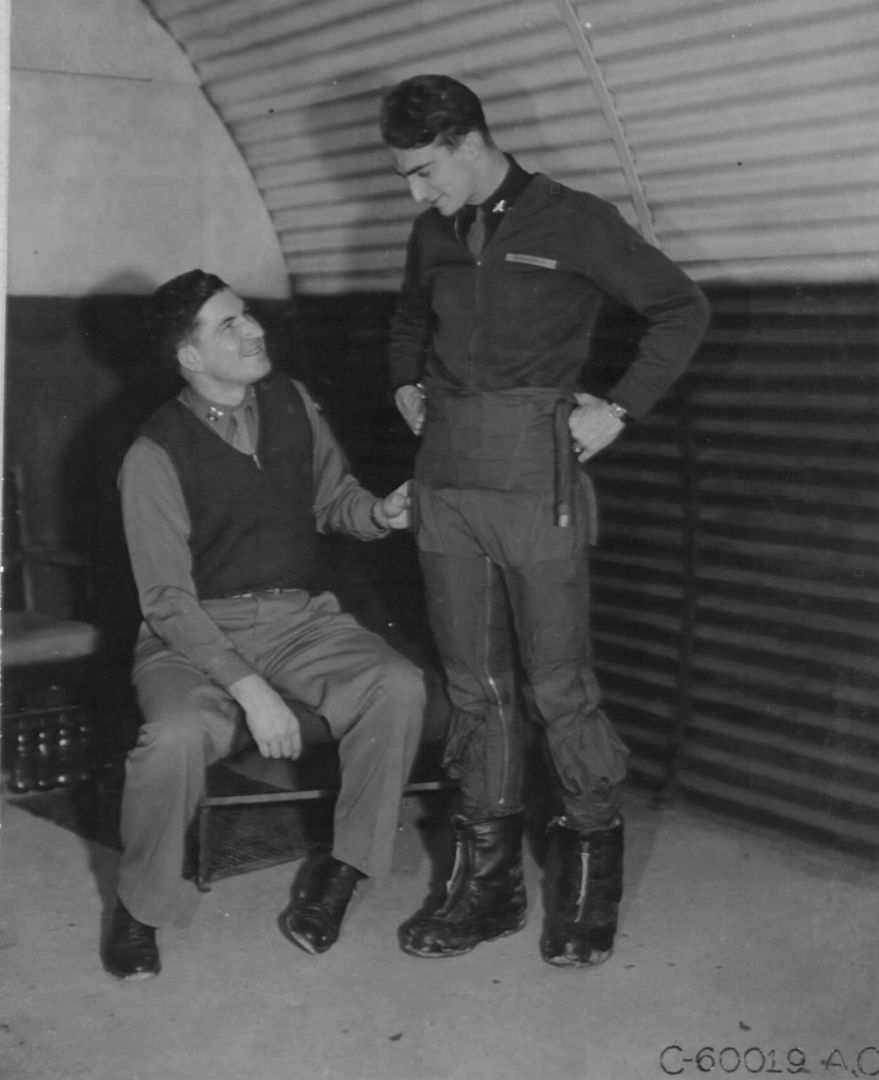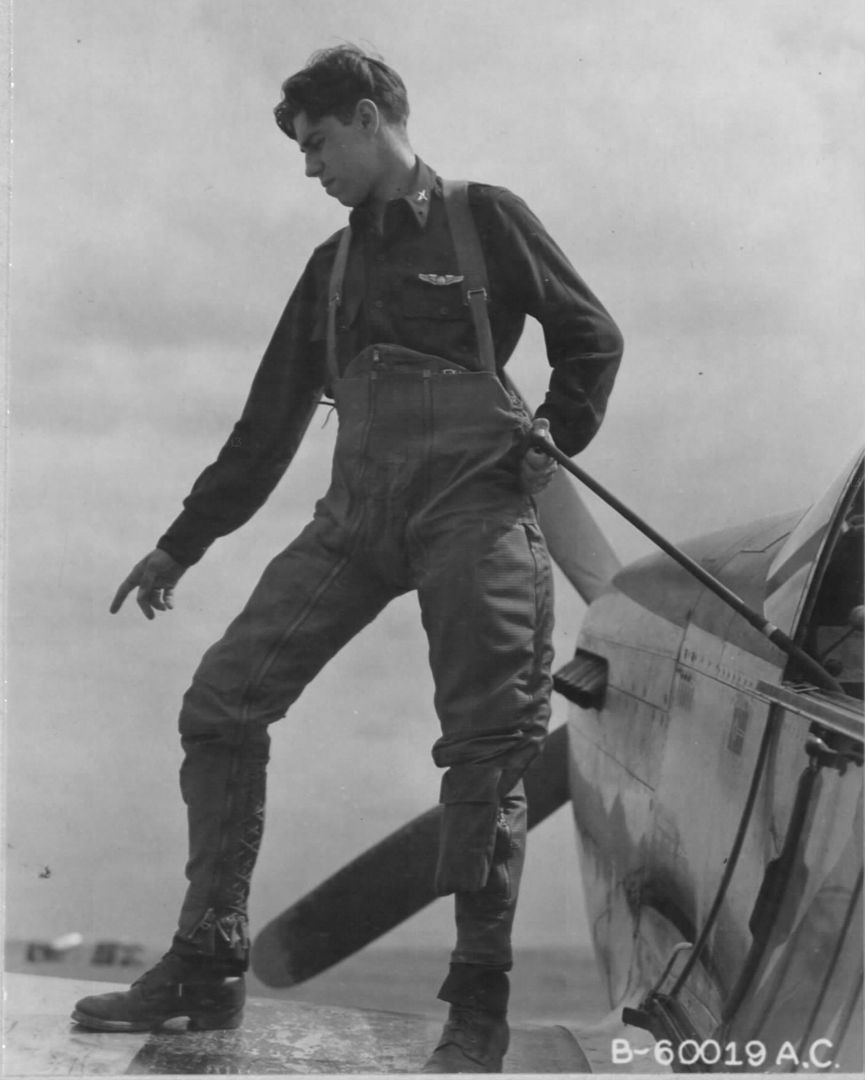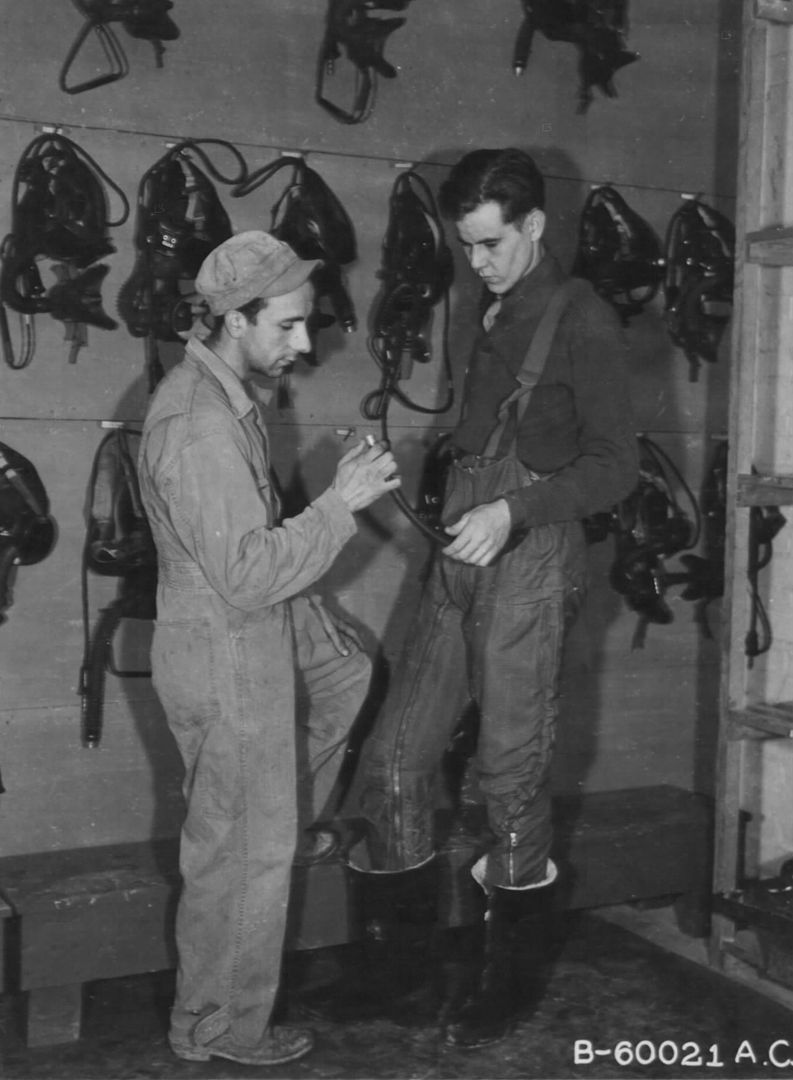Forums
- Forums
- Duggy's Reference Hangar
- USAAF / USN Library
- Early G-suits
Early G-suits
Post a reply
- Go to Previous topic
- Go to Next topic
- Go to Welcome
- Go to Introduce Yourself
- Go to General Discussion
- Go to Screenshots, Images and Videos
- Go to Off topic
- Go to Works in Progress
- Go to Skinning Tips / Tutorials
- Go to Skin Requests
- Go to IJAAF Library
- Go to Luftwaffe Library
- Go to RAF Library
- Go to USAAF / USN Library
- Go to Misc Library
- Go to The Ops Room
- Go to Made in Germany
- Go to Campaigns and Missions
- Go to Works in Progress
- Go to Juri's Air-Raid Shelter
- Go to Campaigns and Missions
- Go to Works in Progress
- Go to Skinpacks
- Go to External Projects Discussion
- Go to Books & Resources
-
13 years agoSat May 07 2016, 02:31pm
 Main AdminAs early as 1917, there were documented cases of loss of consciousness due to g-forces in pilots.
Main AdminAs early as 1917, there were documented cases of loss of consciousness due to g-forces in pilots.
In 1931 a Professor of Physiology, Frank Cotton, from the University of Sydney described a new way of determining the center of gravity of the human body. This made it possible to describe the displacement of mass within the body under acceleration.
With the development of high-speed monoplane fighters in the late 1930s, g-effects in combat became more critical. In the Battle of Britain in 1940, some German aircraft had foot-rests above the rudder pedals so that the pilot's feet and legs could be raised during combat, in which large use of the rudder was often not necessary but turning inside the opponent, was.
The Franks g-Suit
The first g-suit was developed by a team led by Wilbur R. Franks at the University of Toronto's Banting and Best Institute in 1941. This used water filled bladders around the legs and two Marks were developed:
* The Franks Mark I suit was for the RAF) and was for Hurricane and Spitfire pilots.
* The Franks Mark II was for the USAF and RCAF). U.S. pilots tested it during 1944, but found the water system uncomfortable and were issued an air-inflatable design known as the Berger suit from September 1944.
Below The Franks Mark II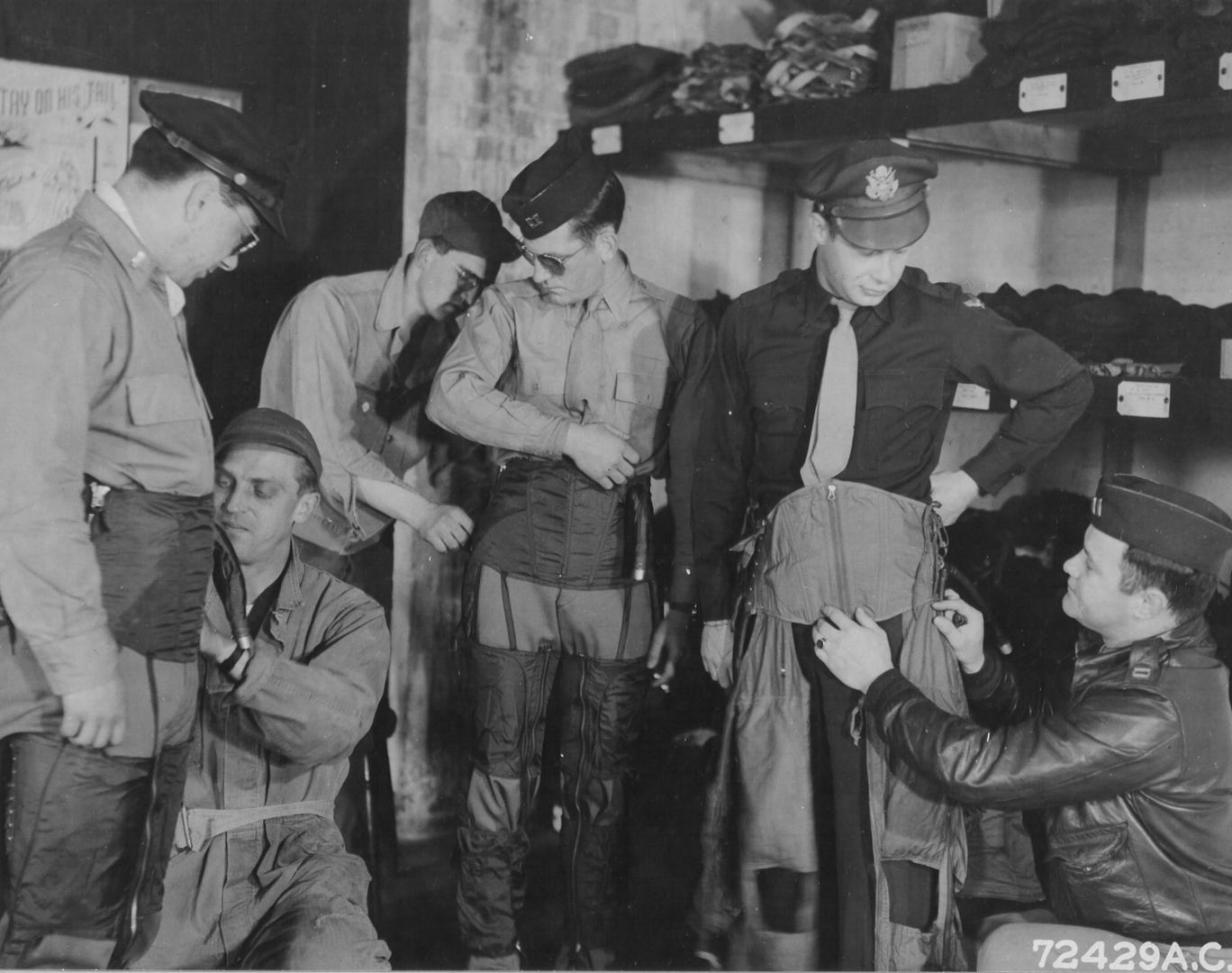
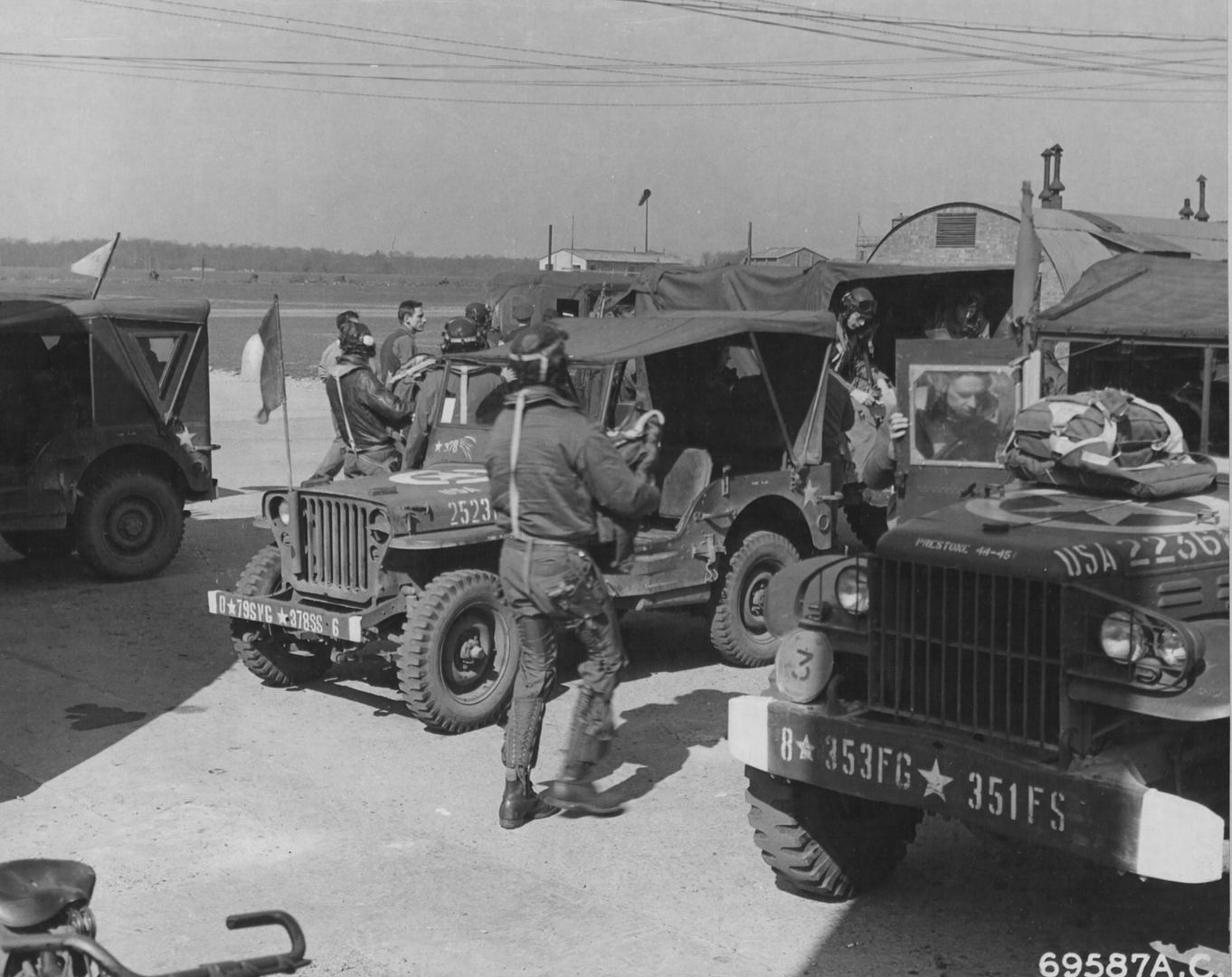
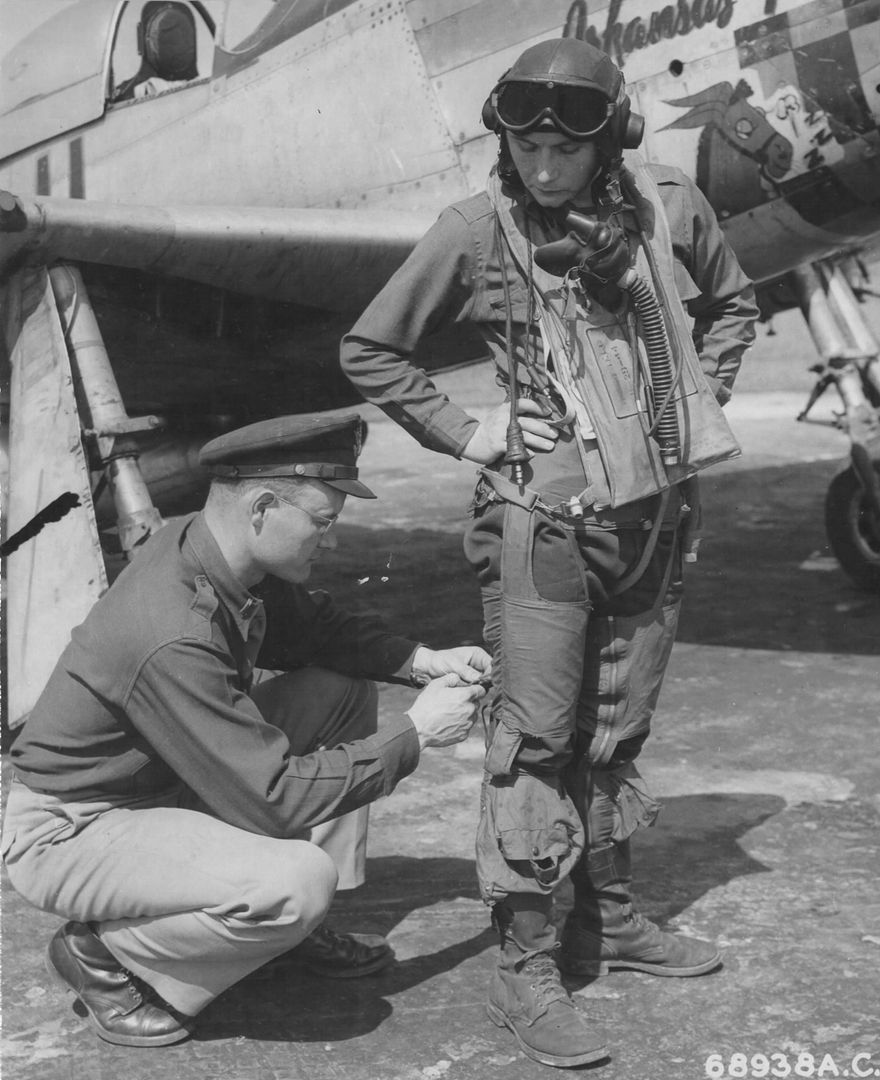
-
 Main Admin
Main Admin
Post a reply
- Go to Previous topic
- Go to Next topic
- Go to Welcome
- Go to Introduce Yourself
- Go to General Discussion
- Go to Screenshots, Images and Videos
- Go to Off topic
- Go to Works in Progress
- Go to Skinning Tips / Tutorials
- Go to Skin Requests
- Go to IJAAF Library
- Go to Luftwaffe Library
- Go to RAF Library
- Go to USAAF / USN Library
- Go to Misc Library
- Go to The Ops Room
- Go to Made in Germany
- Go to Campaigns and Missions
- Go to Works in Progress
- Go to Juri's Air-Raid Shelter
- Go to Campaigns and Missions
- Go to Works in Progress
- Go to Skinpacks
- Go to External Projects Discussion
- Go to Books & Resources
